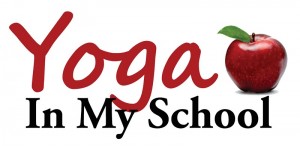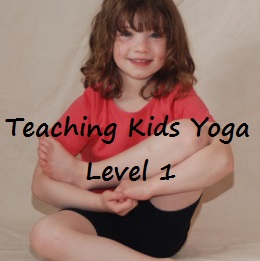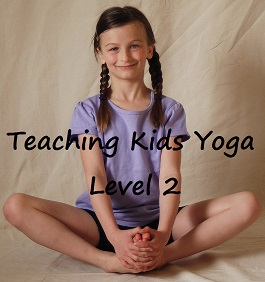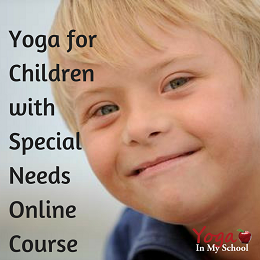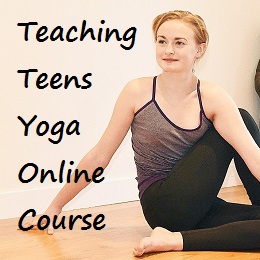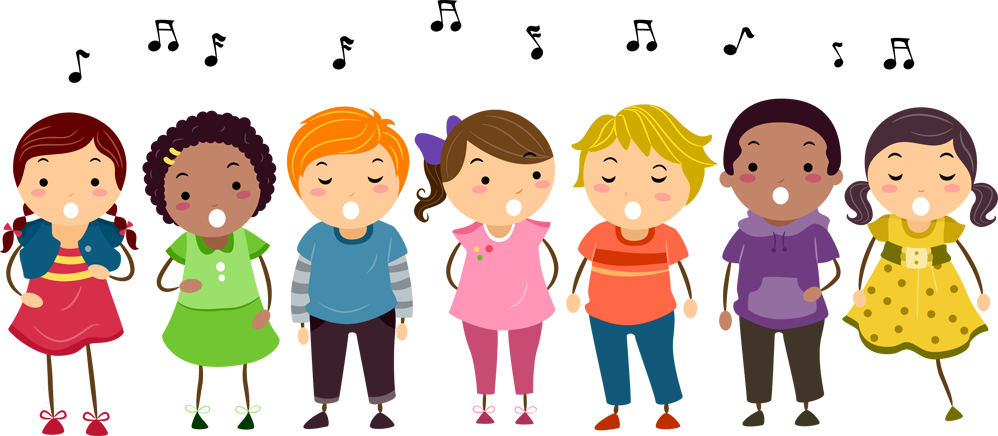

Frog Pose {video}
Chanting OM: Teaching Kids to Chant {Video}
This is Part 2 in a four part series on Om for Kids and Teens. Watch for Part 1: The Sound of the Universe. Part 3: To Om or Not to Om and Part 4: The Benefits of Om.
Hello, my name is Donna Freeman, founder of Yogainmyschool.com. Today we’re here to talk about the wonderful sound OM.
Invariably when I go into a school or to teach children, somebody in the class who has never done yoga before will come in, sit down on their mat and go like this, “OOOMMMMM!” They are all excited to begin chanting. So, I’ll show you how to do that properly and the aspects of OM you can teach to children.
Today Alea has joined me. She is going to learn a few mudras, hand positions that you can do while chanting OM. As well as the different aspects of the sound itself.
Now when you chant OM, it’s really helpful because the vocalization changes the energy in your body, it provides healing energy. It enhances your overall health. It calms your emotions and quiets the mind while providing relaxation. And increases the sense of togetherness.
When you chant om, a lot of people, because of how it is written in English, think it is just two sounds O-M. I actually prefer the written form A-U-M, for OM, because that represents much better the sounds which you are producing.
There are three and a half parts to om. The first is down here in your belly. It is a big aaaahhh sound. And then the uuuuu sound is up into your chest. From there the mmmmm comes to your head. It’s like a buzzing bee. Then there is blessed silence. When you OM you have those parts to it.
The other part is a mudra if you are comfortable with that. The two most popular are anjali mudra, or namaste hands. Anjali meaning heart. So you can bring your thumbs to your sternum. The other would be gyan mudra where you make a circle with your index finger and thumb and the rest of your fingers are extended, and then you place that on your knees. You can choose whichever one of those you like. Or if you are not comfortable with either one you don’t need to do it either.
Join with us in oming three times. Close your eyes. Inhale.
AAAUUUMMMMM
AAAUUUMMMMM
AAAUUUMMMMM
Take a deep breath. Bow your head. And allow your eyes to fall open.
Very nicely done.
So I hope that helps for when you are teaching OM to children and teens and bringing the lovely sound of yoga into your life. Have a wonderful day. Namaste.
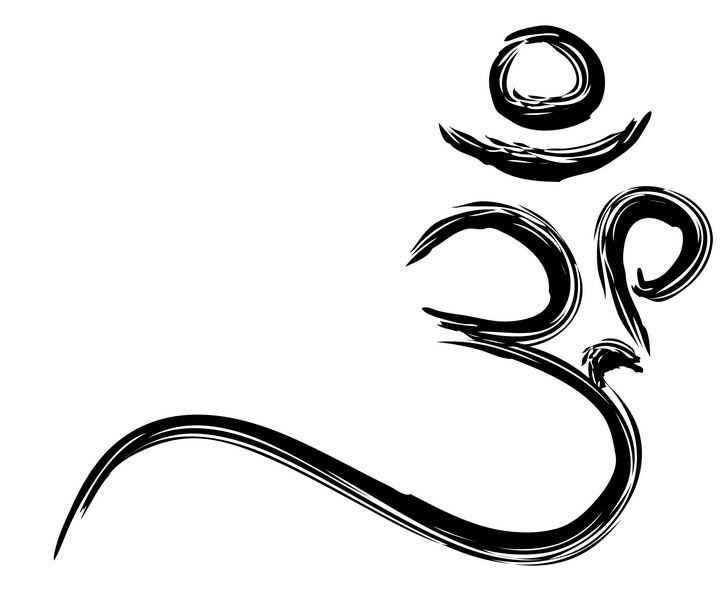
OM The Sound of the Universe
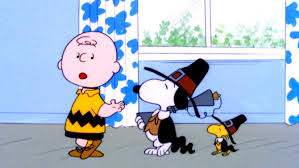
Thanksgiving Playlist for Kids & Teens Yoga Class
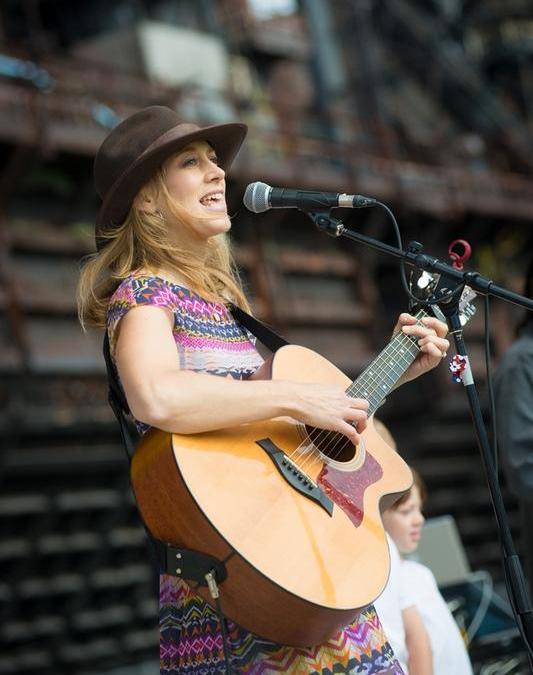
Kira Willey: Music, Yoga and Life
Kira Willey shares her experiences in sharing music, practicing and teaching yoga and living with a heart full of color.Through Fireflies Musical Yoga for Kids and her award winning CD Dance for the Sun Kira brings the love of yoga to young and old. Going from being a music teacher and Mom to receiving a phone call from Dell Computer to use her song “Colors” in a major ad campaign, Kira’s life has taken some interesting turns. Unique and whimsical, Kira’s music includes a variety of genres and has touched lives around the globe. Get the inside story from Kira herself and maybe even a preview of her next CD – yeah!
 Yoga In My School podcast on iTunes
Yoga In My School podcast on iTunes
If you enjoyed this interview rate and review the show so others can find it.
+100 more on the Yoga In My School podcast on iTunes.
A Day at Kids Yoga Camp

Benefits of Music in Kids Yoga Class
Music serenades our lives, adding significance to moments, people, and events, connecting us to our experiences, emotions, memories and dreams. Truly the soul has an innate love of music. In addition, sounds have a profound influence on our cognitive functioning, motor skills, emotional development, behavior and social skills. There is scarcely a single function of the human body which is not affected by musical tones.
Music is a moral law. It gives soul to the universe, wings to the mind, flight to the imagination, and charm and gaiety to life and to everything. ~Plato
Using music in a children’s yoga class is a wonderful way to allow them to develop their bodies and minds. From simple nursery rhymes to custom written kids yoga scores, children will respond positively to melodies and movement.
Benefits of Music in Kids Yoga Class
Music:
- connects and brings people together, helping us interact one with another
- engages our emotions and has a powerful impact on mood and energy levels
- teaches rhythm, timing, orientation and coordination
- focuses the mind and increases concentration
- develops language and speech skills
- improves listening skills and phonetic awareness
- encourages creativity and self expression
- enhances overall health and a sense of well-being
- increases intelligence and brain connectivity
Best of all kids don’t really care is you can sing or not. So let lose, crank up the tunes, sing a favourite song and dance like no-one’s watching.
For inspiration check out these samples of using music in a kids yoga class: Star Pose, Bug Yoga (spider pose), Shark Attack. Or fill your mp3 player with catchy tunes and enjoy these musically inspired yoga games: Freeze Dance and Musical Mats.
Some valuable resources for your kids yoga class include:
- I Grow withYoga: Yoga Songs for Children – by Childlight Yoga
- Come Play Yoga – by Karma Kids Yoga
- Dance for the Sun – by Kira Willey
- Musical Yoga Adventures – by Suzi Frank and Linda Lara
- Stress Free Kids – music CDs for relaxation by Lori Light
Always Adding More on Pinterest
![]() Visit the Music for Kids Yoga Class Board on Pinterest for lots more ideas.
Visit the Music for Kids Yoga Class Board on Pinterest for lots more ideas.
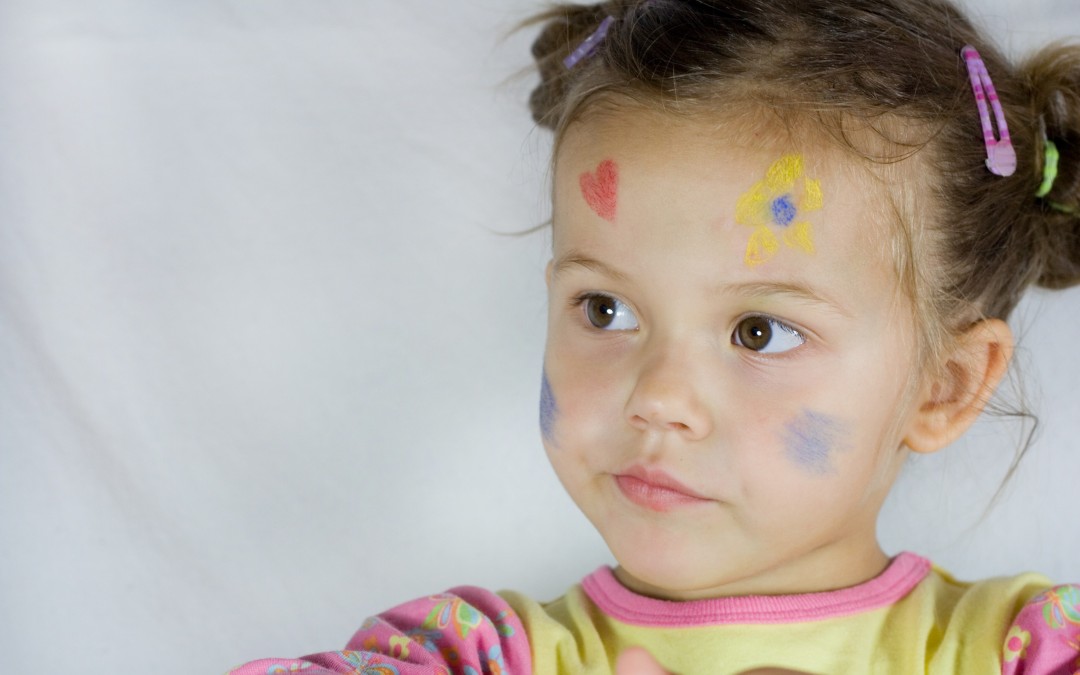
How to Create Focus and Purpose in Pre-School Yoga Class
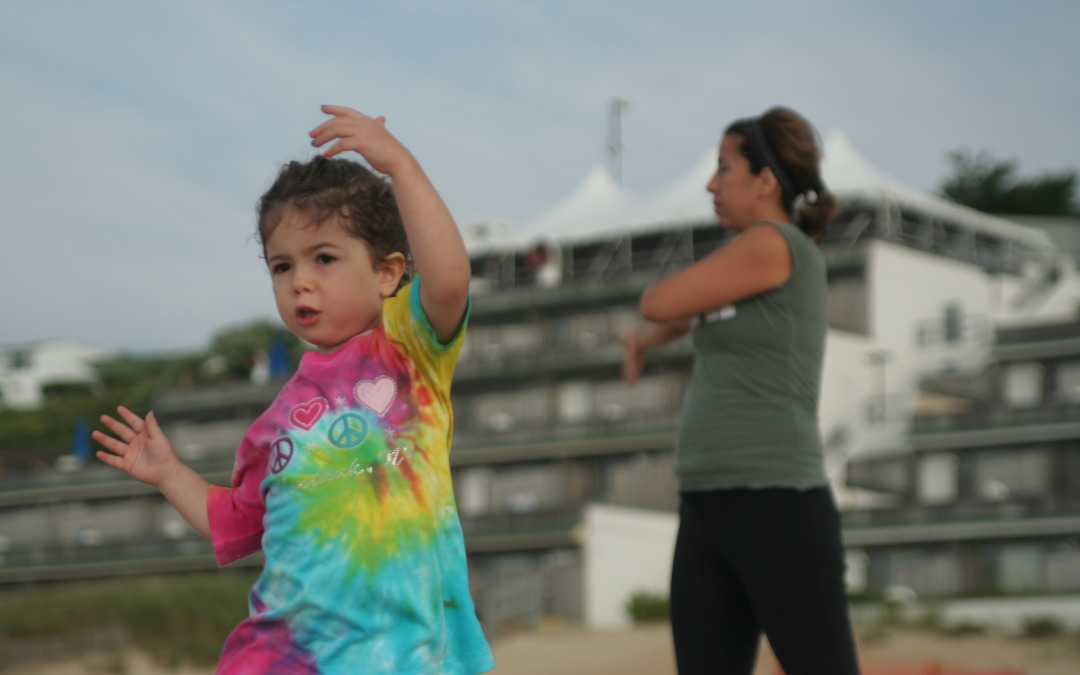
Yoga for Special Needs: Stretching the Mind and Body
Guest post by Kami Evans
When my daughter Hannah was diagnosed with hemiparesis, which is a mild case of cerebral palsy, I wondered: What can I do to help her? How active should she be? And how can I not be overprotective of Hannah, especially when she goes off to school?
The answer seemed to be involving my daughter in as many activities as I could. As a result, Hannah was signed up for swimming, gym and music classes all by her first birthday. My daughter also had eight hours of physical and occupational therapy each week.
The brain is so plastic. And how active I remained with Hannah’s treatment before she turned 24 months would impact how successful her recovery would be. I was on a mission.
Then I found yoga. When a class with a few participants got cancelled, I hired the instructor to lead the lessons out of my home. At 15 months, Hannah started to crawl by incorporating the rocking table and downward dog poses in her movements. At 20 months, Hannah progressed to trying poses such as mountain, squats and elevator. Every day Hannah would get the movements more and more.
I saw such a difference in my daughter’s development that we asked the instructor to come over three times per week. Meanwhile, Hannah continued to take her usual classes and have her weekly eight hours of therapy sessions. But the yoga instruction was unique in that it was playful and enjoyable for Hannah, prompting her to consider her time with the instructor as a playdate.
When the instructor chose to pursue other interests, it encouraged me to become certified. I first took a teacher training course at a Manhattan studio for children’s yoga, followed by training and certification working with children with special needs.
The best part of the training? Not only did I learn more about Hannah’s yoga practice and how it enabled her to become increasingly aware of her body and personal space, but I was able to share this with other families, as well. Inspired by this journey, I opened a yoga studio for children on the Upper East Side of Manhattan. This led me to share the benefits of yoga for children in more than five locations throughout New York City.
Four Exercises to Develop Body & Mind
Cross the mid-line. Crossing the mid-line enhances brain development. An example of this is to sit with your child, having him or her rub one’s hands together. Once the child’s hands get warm, have the child cross hands and touch opposite shoulders. This allows the child to cross the mid-line and make new neurological pathways for further brain development. Motivate your child to do this over and over again in novel ways, such as by crossing over to touch one’s knees, toes and ears.
Use the eyes. As your child grows, he or she looks at things in new ways. Once the child begins to look at books and track words, the child’s depth perception develops. While this occurs, it is crucial for your child to build the muscles behind the eyes. One method of doing this is by moving a toy the child likes in different directions, asking the child to follow the toy with his or her eyes. Another method is snapping your fingers up and down and then right to left, while your child trails the movements. Either way, have your child watch the object move at least ten times in each direction. This helps build the little muscles supporting the child’s eyes and lessens the chances for glasses.
Do core poses. As all of a person’s limbs are extensions from the core of the body, it’s essential to develop the core. Building a strong core enables a child to balance oneself both physically and mentally. Poses that support the core are the dolphin pose and boat pose. Do these and other poses with your children, allowing you each to build your strength and bond.
Sing a song. While singing to a child can help the young yogini accomplish a difficult pose, it can be especially encouraging for children who are late talkers. If for any reason you find your child not communicating, find a book that you know the child enjoys and sing each word in the story. Take the time to sing the words one by one and change your tone, emphasizing that a new word is being sung. Soon your child will be doing poses in utter relaxation, not even realizing a stronger core will result and likely a better grasp of language.
Kami Evans, the founder and an instructor at Elahi Yoga, became a certified children’s yoga instructor through Karma Kids Yoga and a certified yoga instructor for kids with special needs through Every Kids Yoga, which are both located in Manhattan. Working with her daughter and seeing remarkable improvements through yoga exercise has inspired Evans to continue with the practice and help other children to gain self-confidence and have fun through yoga.
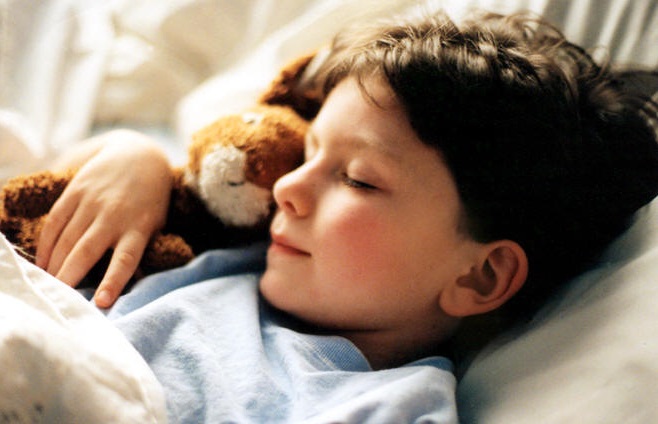
Top Yoga Tips to Creating a Bedtime Routine for Restful Sleep
Shark Attack: Kids Yoga Activity Song
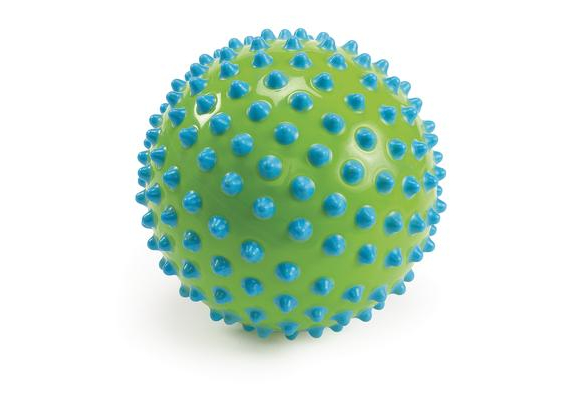
Useful and Fun Yoga Games – Ball Pass
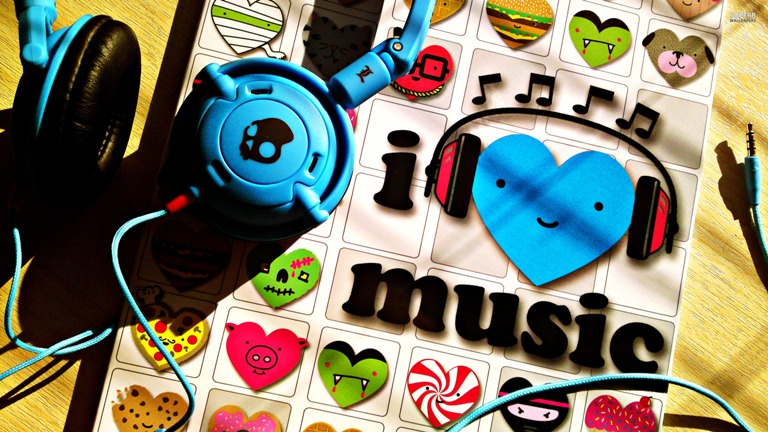
Playlist for Teen Yoga Class

